|
Materials Needed: 1 sheet of graph paper (per student) 2 page lesson with answer key (bar graph graded separately) Lesson Involves: Creating a bar graph Adding and subtracting 2 digit numbers Subtracting money with coins $99.00 -$50.75 How much more than Most and least Directions: Use the information below to fill in the chart and answer the following questions. Re-read the passage and double check your answers! Lesson: 5 children have birthdays in the same month. Students are instructed to read the word problem, then fill in the chart below with details of how much birthday money each kid received. Afterwards, students are instructed to use the same chart to answer questions regarding HOW MUCH MORE money does one birthday kid have over another, who has the LEAST / MOST amount of money and various scenarios of how much money a birthday kid will have left if they spend it on particular objects. Finally, students are asked to use their graph paper to create a bar graph to chart how much money each person received for their birthday. This can either be used as a homework assignment, in-class practice or quiz. Happy Teaching!
0 Comments
Here are a few KWL charts that I think you'll find super handy for your reading and language arts lessons. If you're like me, always searching for ways to make each lesson a little more engaging and organized, then these charts might be just what you need.
In my opinion, these KWL charts are a great way to get the kids thinking critically and making connections throughout the reading sessions. They're simple, adaptable to any reading material, and best of all, they really help make the reading process a bit more tangible for young learners. Feel free to grab these charts by clicking the links above. They're completely free, and I hope they'll add an extra bit of structure and fun to your lessons. Happy teaching and learning! 4 Pages 1 Addition Worksheet 1 Subtraction Worksheet 1 Multiplication Worksheet 1 Division Worksheet 4 Pages 1 Addition Worksheet 1 Subtraction Worksheet 1 Multiplication Worksheet 1 Division Worksheet A Worksheet for Reflection and Feedback
Classrooms and homeschool settings are always buzzing with non-stop activity, and after a long day of learning, it's crucial to reflect on what resonated with students. One of the most effective ways to gather this information is through an "exit ticket," a quick worksheet that students fill out before leaving the classroom or finishing their homeschooling day. This simple and straightforward Exit Ticket worksheet is designed to be a fun activity that encourages self-reflection and a safe space for providing feedback to teachers, parents and guardians. It incorporates various shapes, each asking a different question that provides insights into the child's day. What's On The Worksheet? Here are the shapes and corresponding questions featured in this unique exit ticket:
What's Included in the Download? Every educational setting is unique, which is why this resource was designed to be a versatile 10-page download to suit various needs. Here's what you'll find inside:
Whether you're a teacher looking to implement this in a classroom or a parent keen on enhancing your child's learning experience, there's an option for you. Introduce your young readers to the contrasting lifestyles of urban and rural settings with these insightful reading passages. This resource includes two passages with three accompanying questions each, designed to encourage detailed understanding and critical thinking. Passage 1 explores the bustling life in New York City, touching on its transportation systems, iconic landmarks, and vibrant sports scene. Students are prompted to compare their own living environments with that of NYC, delve into the city’s nicknames, and reflect on its urban character. Passage 2 takes students to a serene countryside setting, portraying the calm and nature-centric life it offers. It nudges students to compare city life with country life, evaluate the author's stance, and understand the distinct attributes of urban and rural areas. This resource not only enhances reading comprehension but also stimulates thoughtful discussions on different living environments. 2 pages, 4 word problems per page. Mostly used with 3rd and 4th grade. 4 worksheets requiring students to write 5 complete sentences. The directions are as follows: Page 1: Write 5 complete sentences using action verbs. Complete sentences begin with a capital letter and end with a period. Page 2: Write 5 complete sentences using nouns and verbs. Complete sentences begin with a capital letter and end with a period. Page 3: Write 5 complete sentences. Circle the verbs and underline the nouns. Page 4: Write 5 complete sentences. Circle the verbs. Underline the nouns. Draw a rectangle around the adjectives. I used these sheets as warm-ups/mini-lessons and homework assignments. Directions: What was the most fun you had this summer? Write about it inside the sun below. Remember to use details and complete sentences. This product perfect for class discussions and bulletin boards! You can either use the full page or have students cut out the suns before you put them on display. This activity is part of a larger set - The Ultimate Back to School Activities Pack!!!, but each product is also sold separately. Have fun! 2 pages, 8 questions This lesson asks students to identify Acute, Obtuse and Right angles. It was successful with my 4th grade students. This can either be used as a morning warm-up, math warm-up, homework, in-class practice or quiz. 1 graphic organizer Great for independent reading and homework. 2 pages, 2 design options Add these personal word walls to reading and/or writing folders to help remind students that sequence words tell us when events happen. My students would also refer to this word wall to help them with spelling when completing writing assignments. This is just a fun little activity I did with my students as a warm-up to making inferences
3 pages, 3 color options This personal word wall can be kept in homework and math folders to assist students when needed. Small place value chart included. For the best results, please select the "Fit to Printable Area“ or "Fit to Printer Margins“ options in settings before printing. If you need 10 million included:If you prefer the original version:Count the four-leaf clovers in each box to find the sum. This lesson requires students to round 2 - 5 digit numbers to the nearest tens, hundreds and thousands. Students are also asked to estimate the sum for 3 - 5 digit numbers. 3 pages 5 word problems 1 page for work space Answer sheets included
The following Venn Diagrams are great for in-class independent reading assignments and homework. 4 pages Find the equivalent fractions. Circle the correct answer. Draw pictures to help you find the equivalent fraction. Circle the correct answer. For the best results, please select the "Fit to Printable Area“ or "Fit to Printer Margins“ options in settings before printing. 3 pages Count the number of shapes in each group. For the best results, please select the "Fit to Printable Area“ or "Fit to Printer Margins“ options in settings before printing. 2 pages, 8 questions Suggested Use: Assessment, Review and/or Homework 2 pages 3 color options Students are asked to draw various lines, line segments and rays. Directions: Write down the events that took place in the correct order. Students must follow the path and explain what happened in their reading in the correct order. This is one of the multiple worksheets my special education students used often in order to keep them constantly thinking about what was happening in the story. I would encourage my students to read the story once all the way through, then go back and re-read and fill in this sequence map as they went along. I hope this helps =) |
Free Resources Search, Comment & Share! Categories
All
Archives
November 2023
|



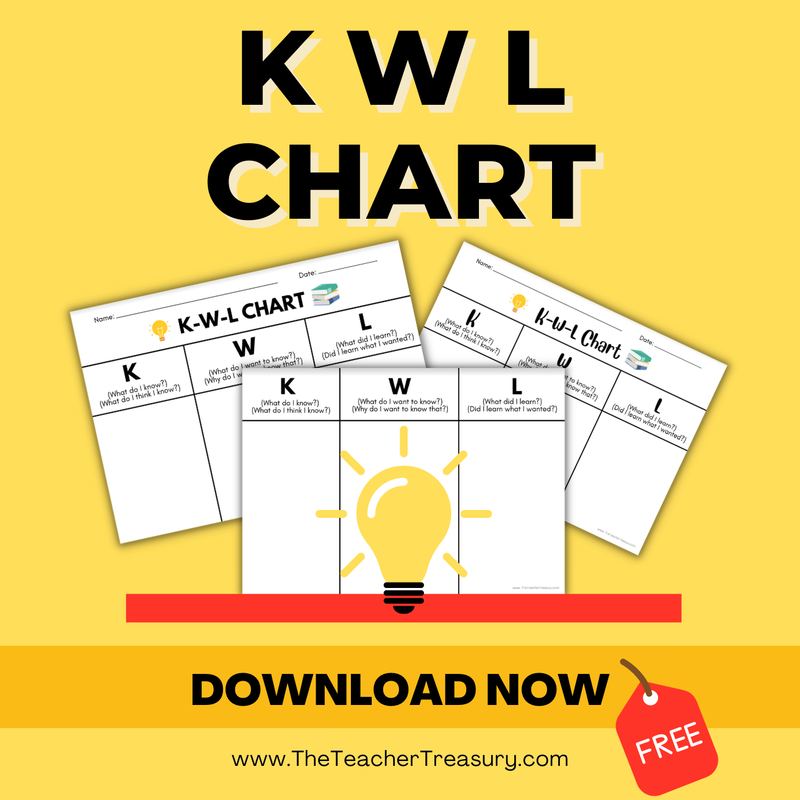

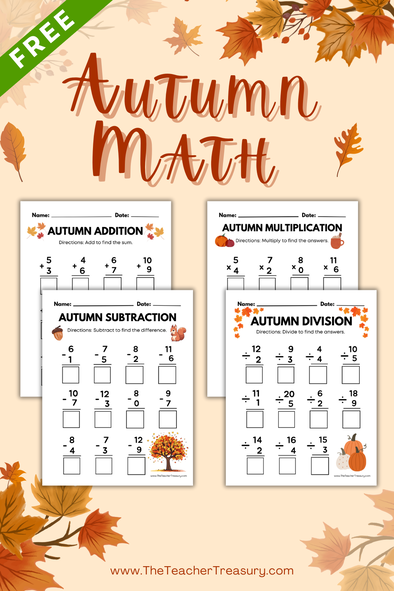


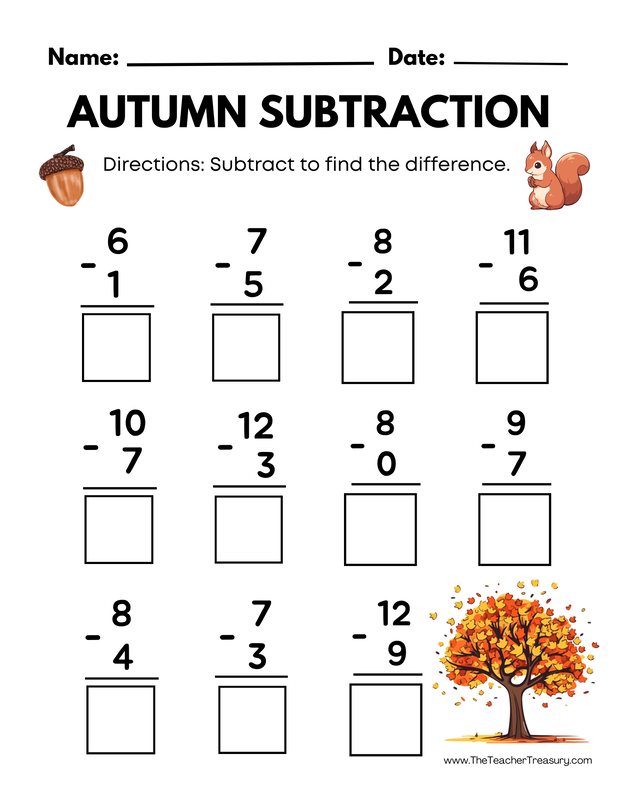


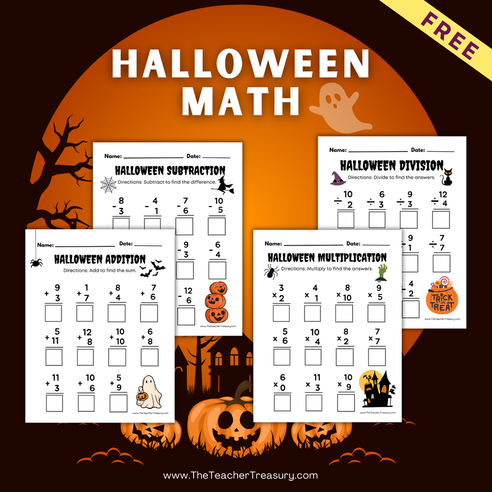

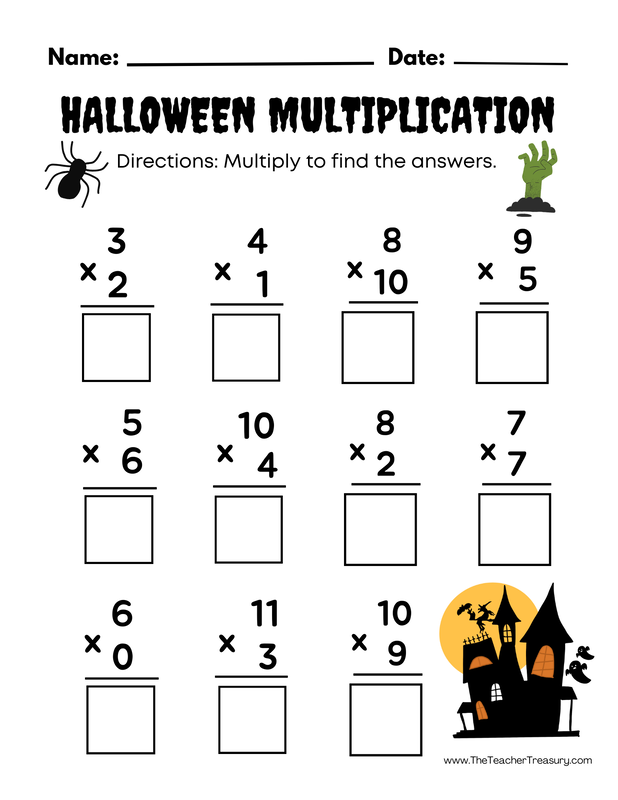




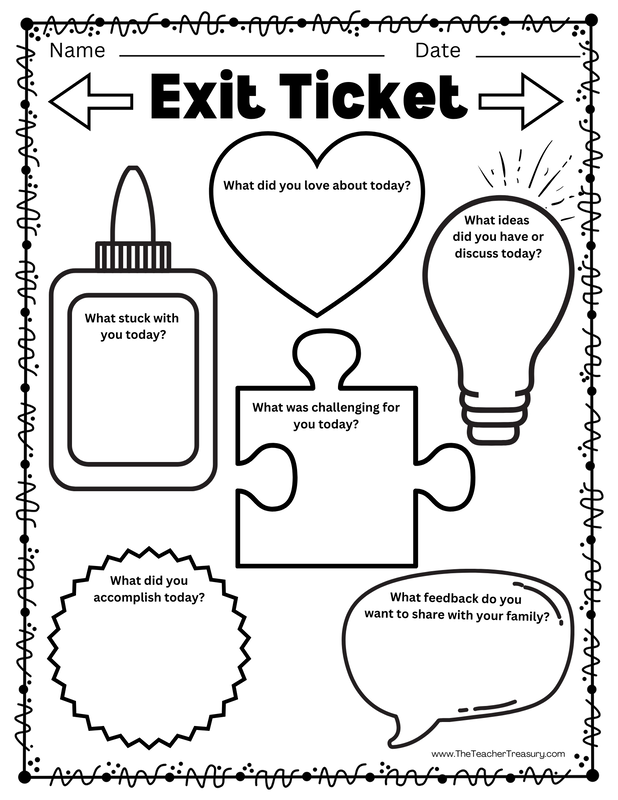

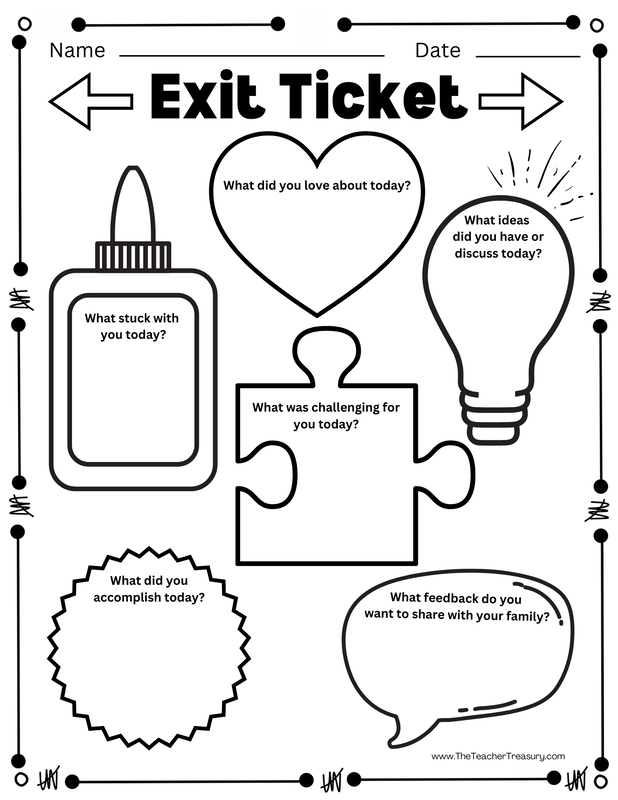

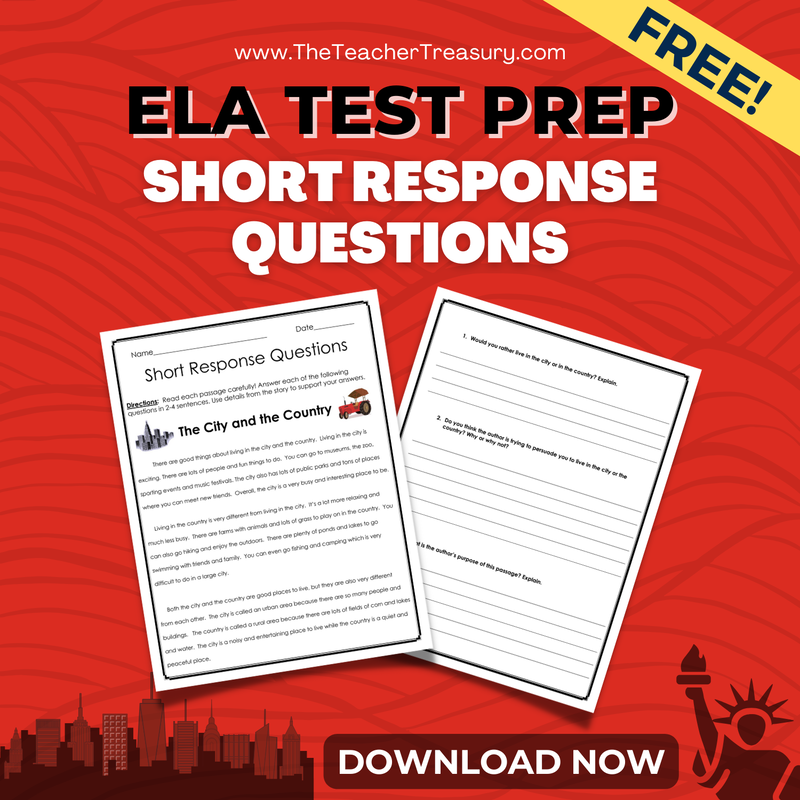



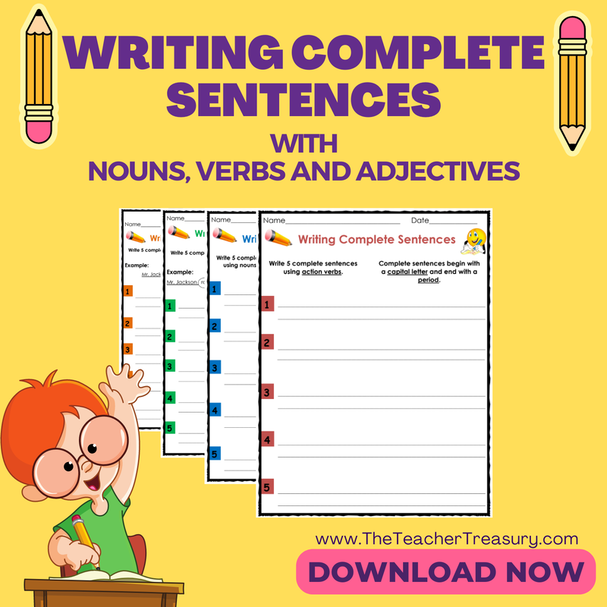





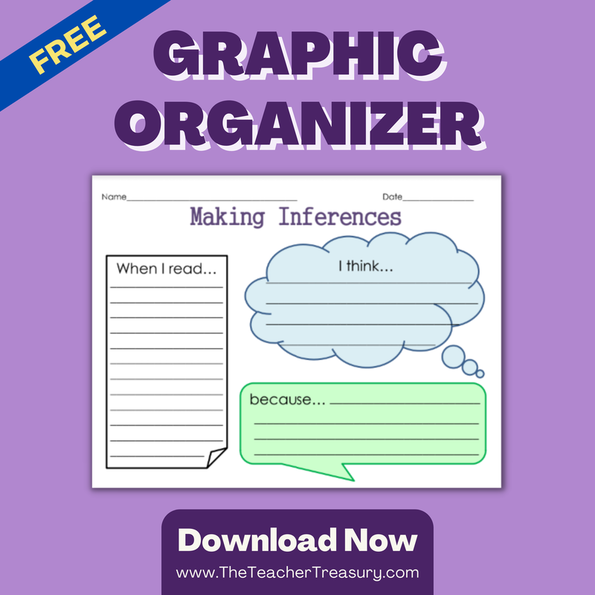

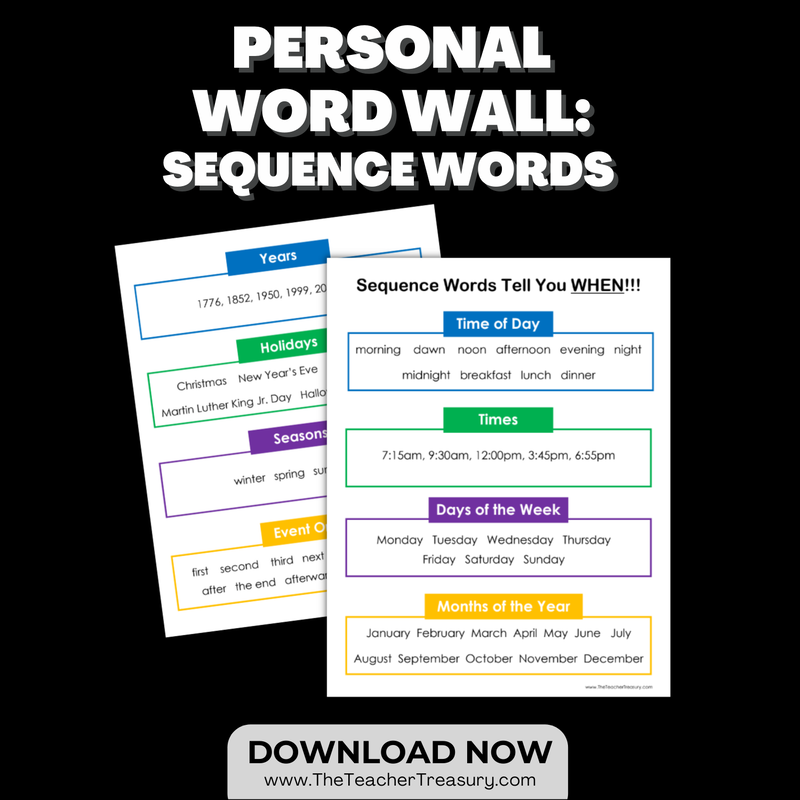
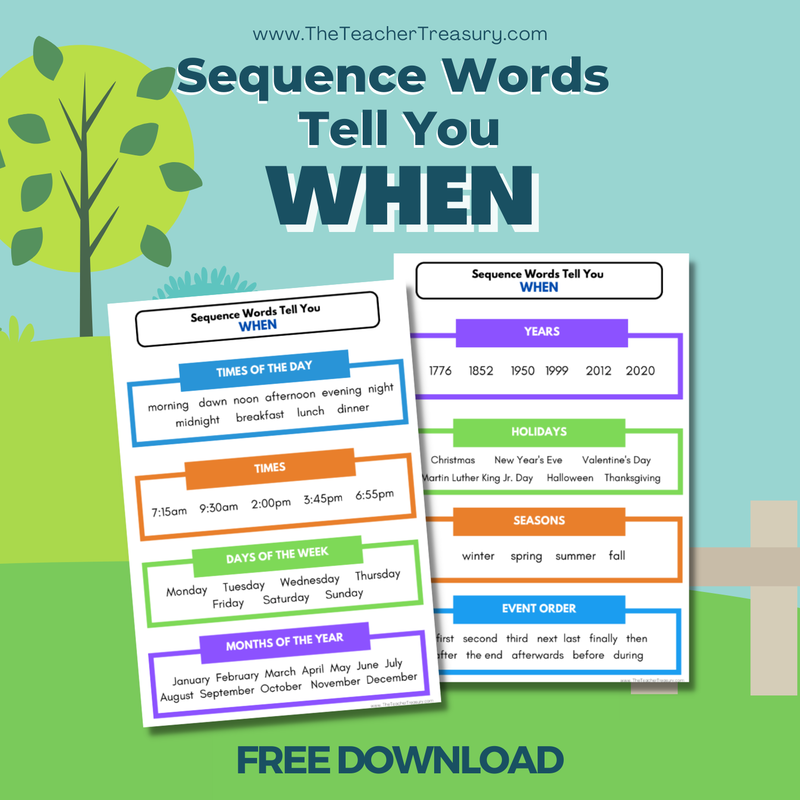

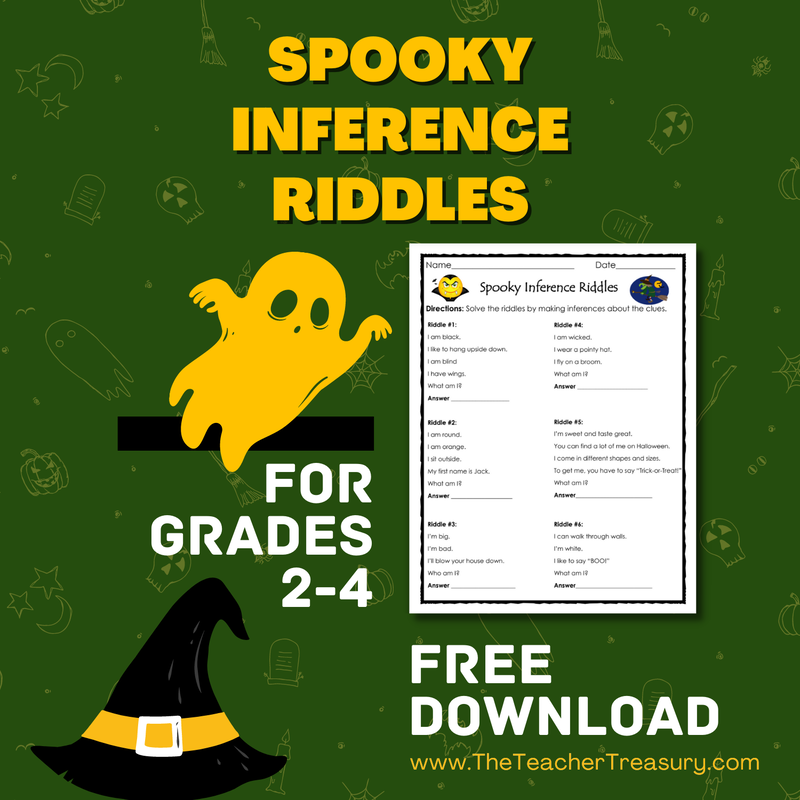
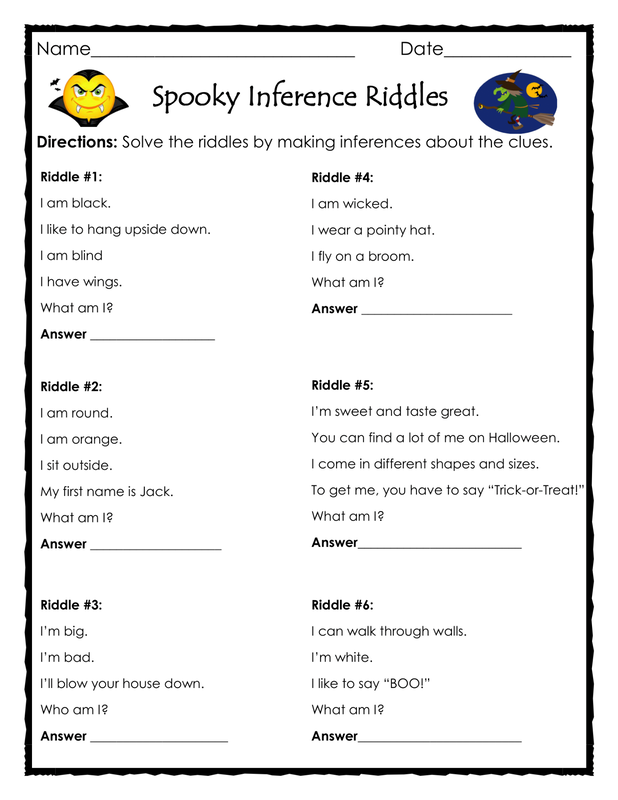

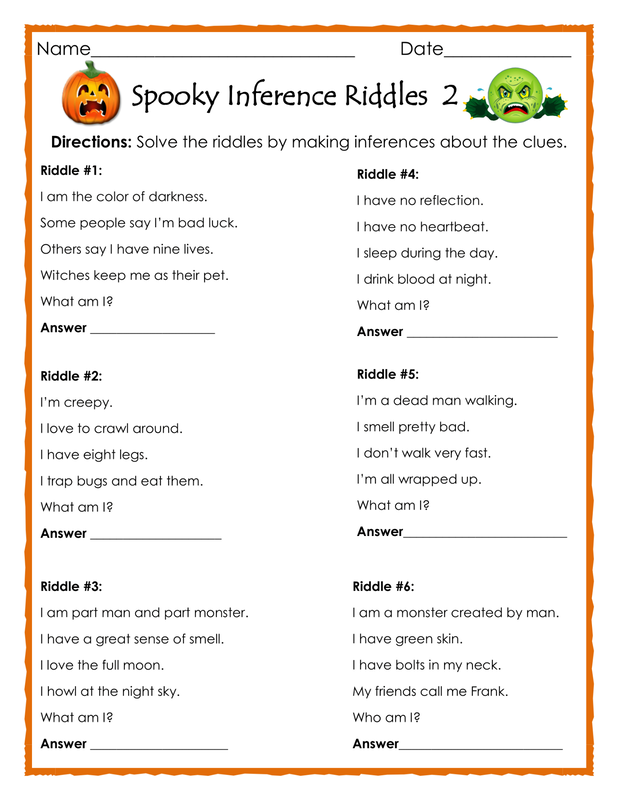

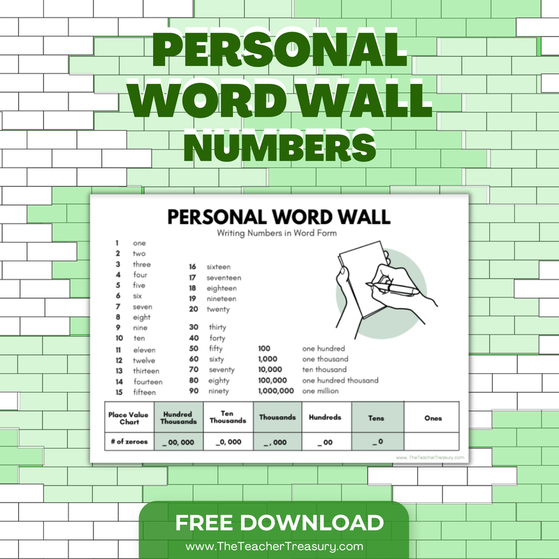






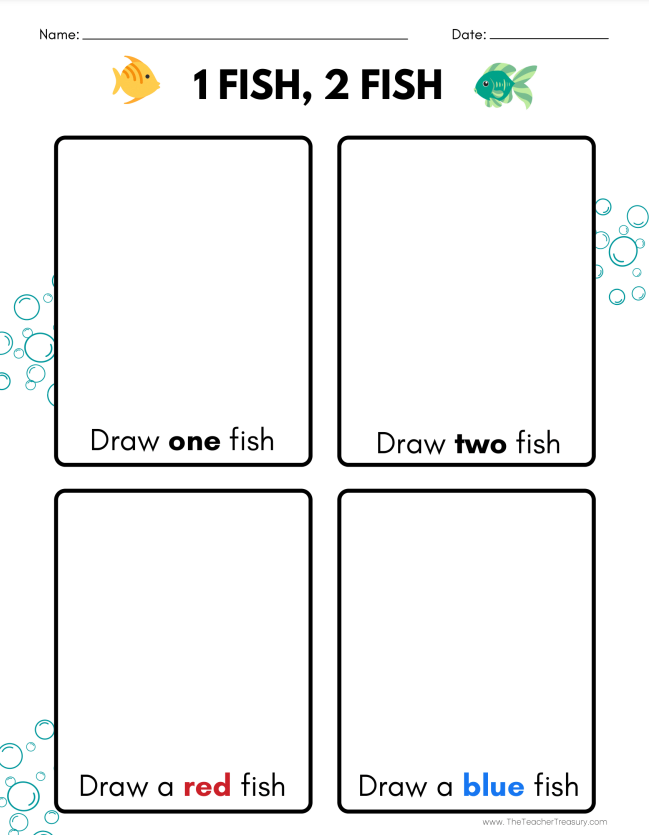
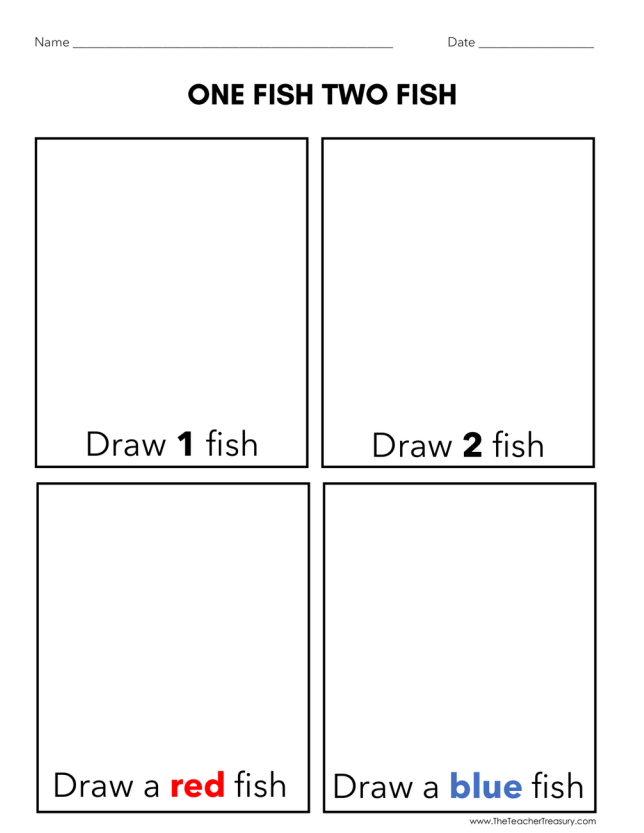

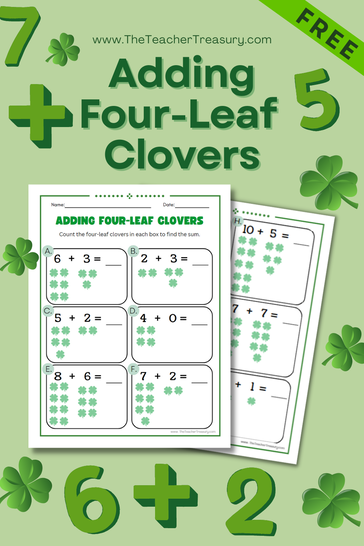


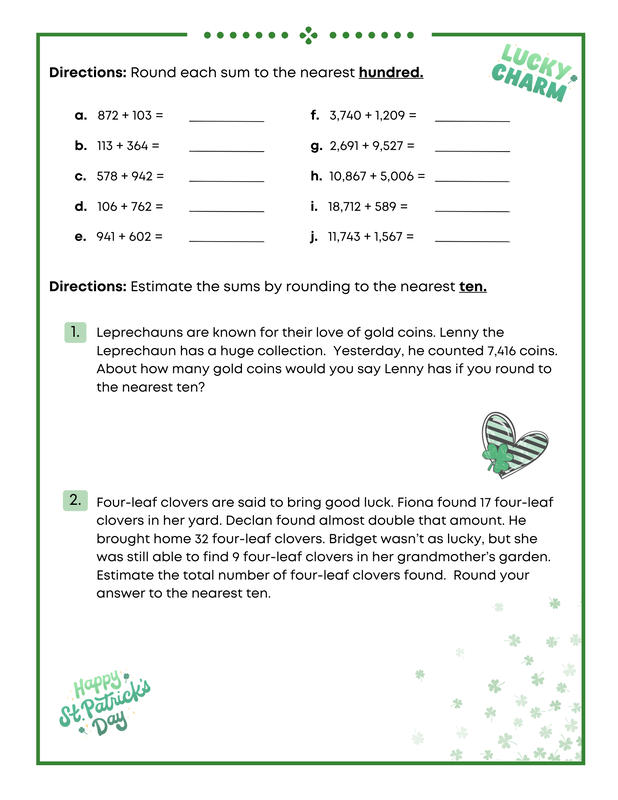


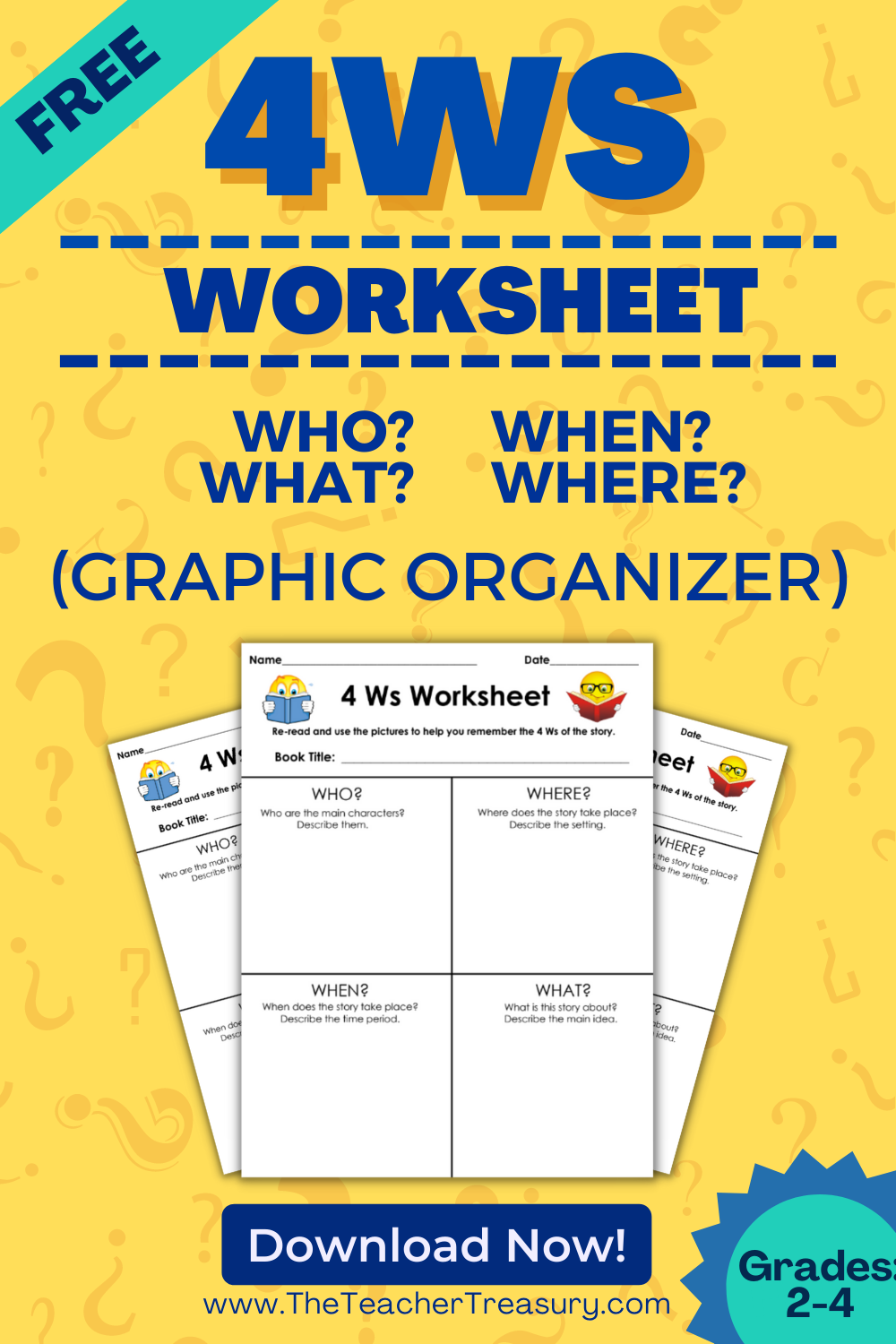
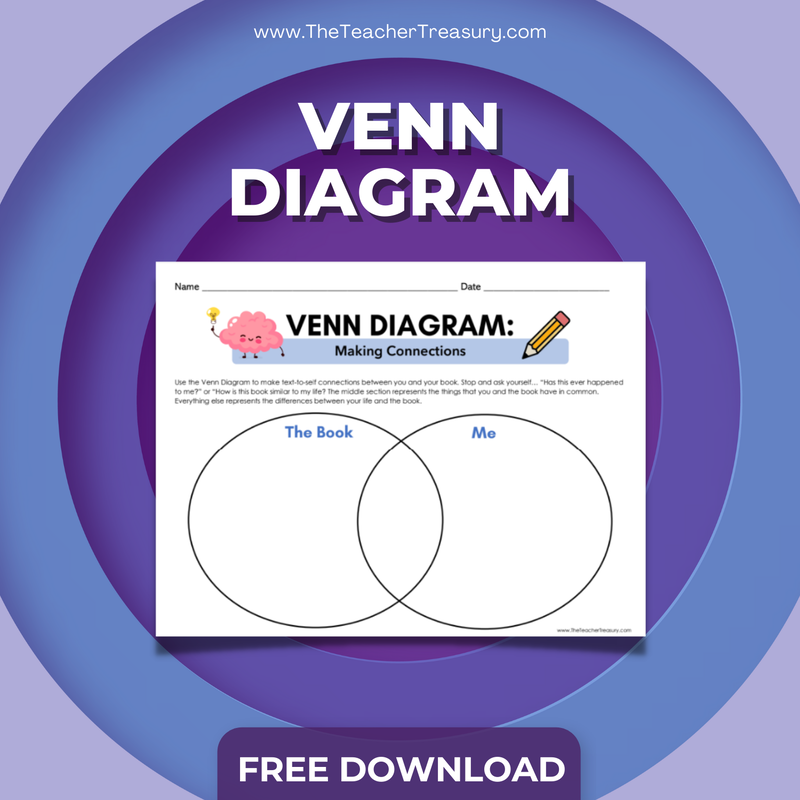
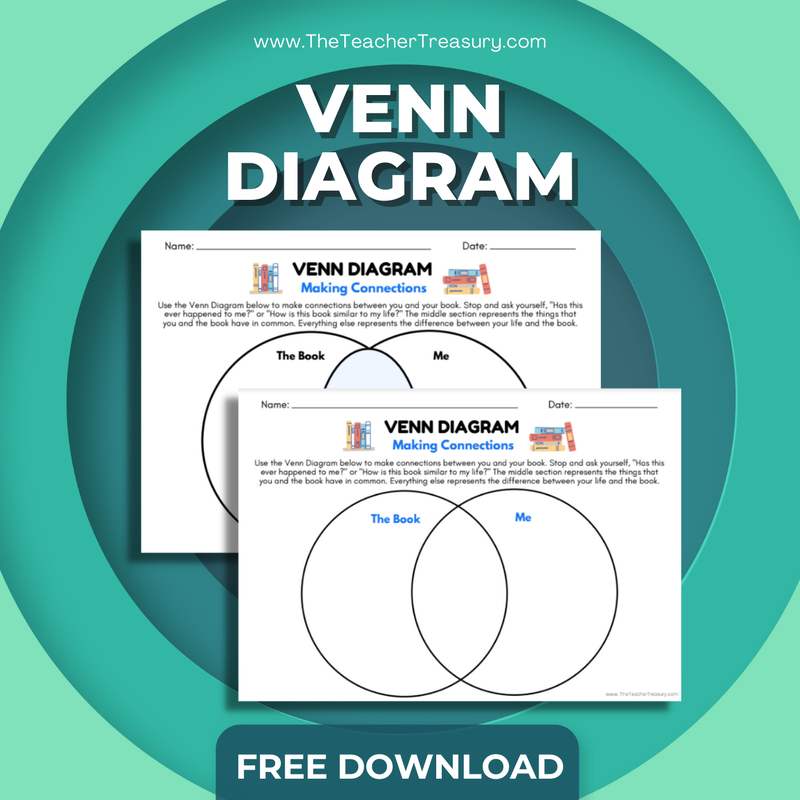



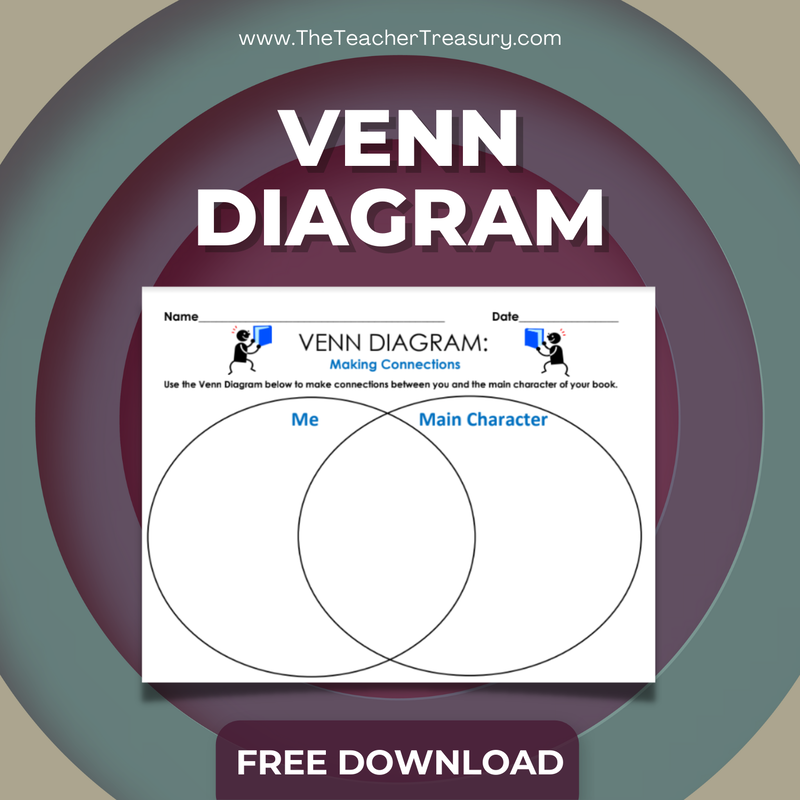

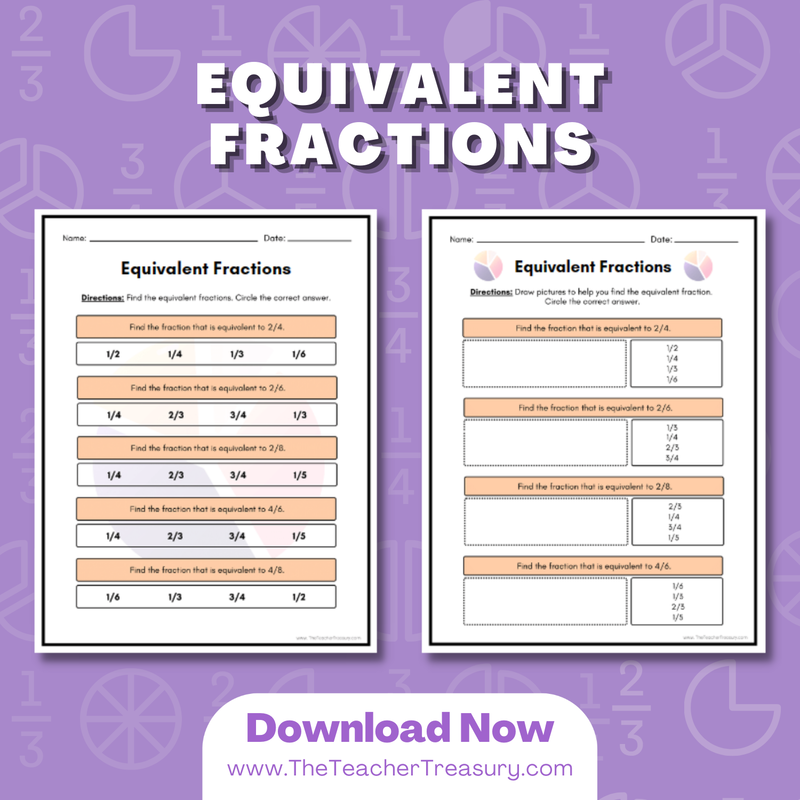
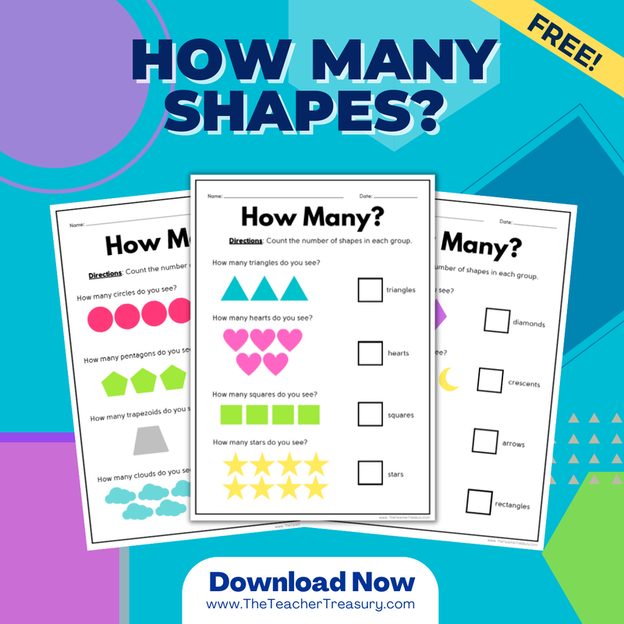




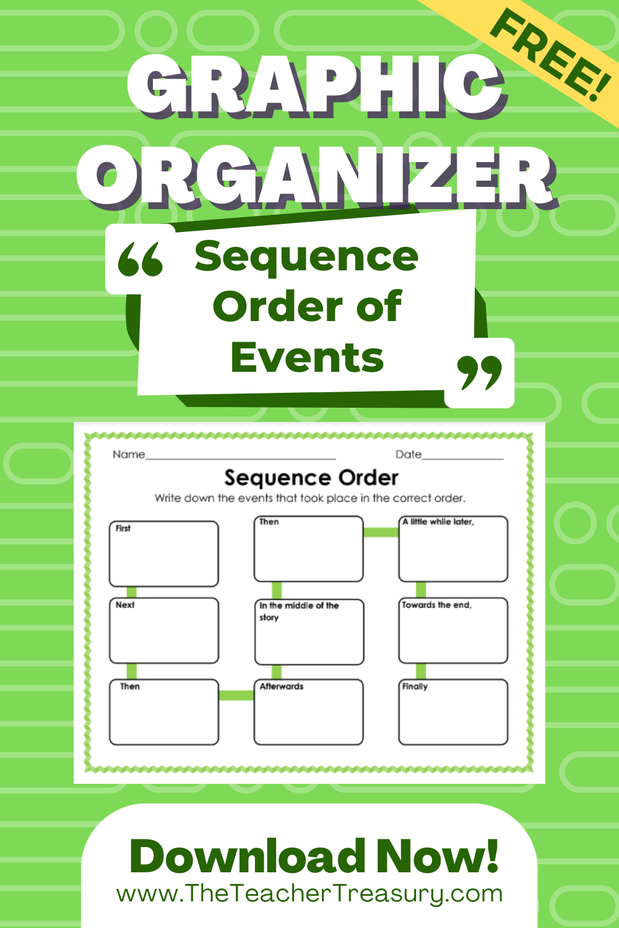
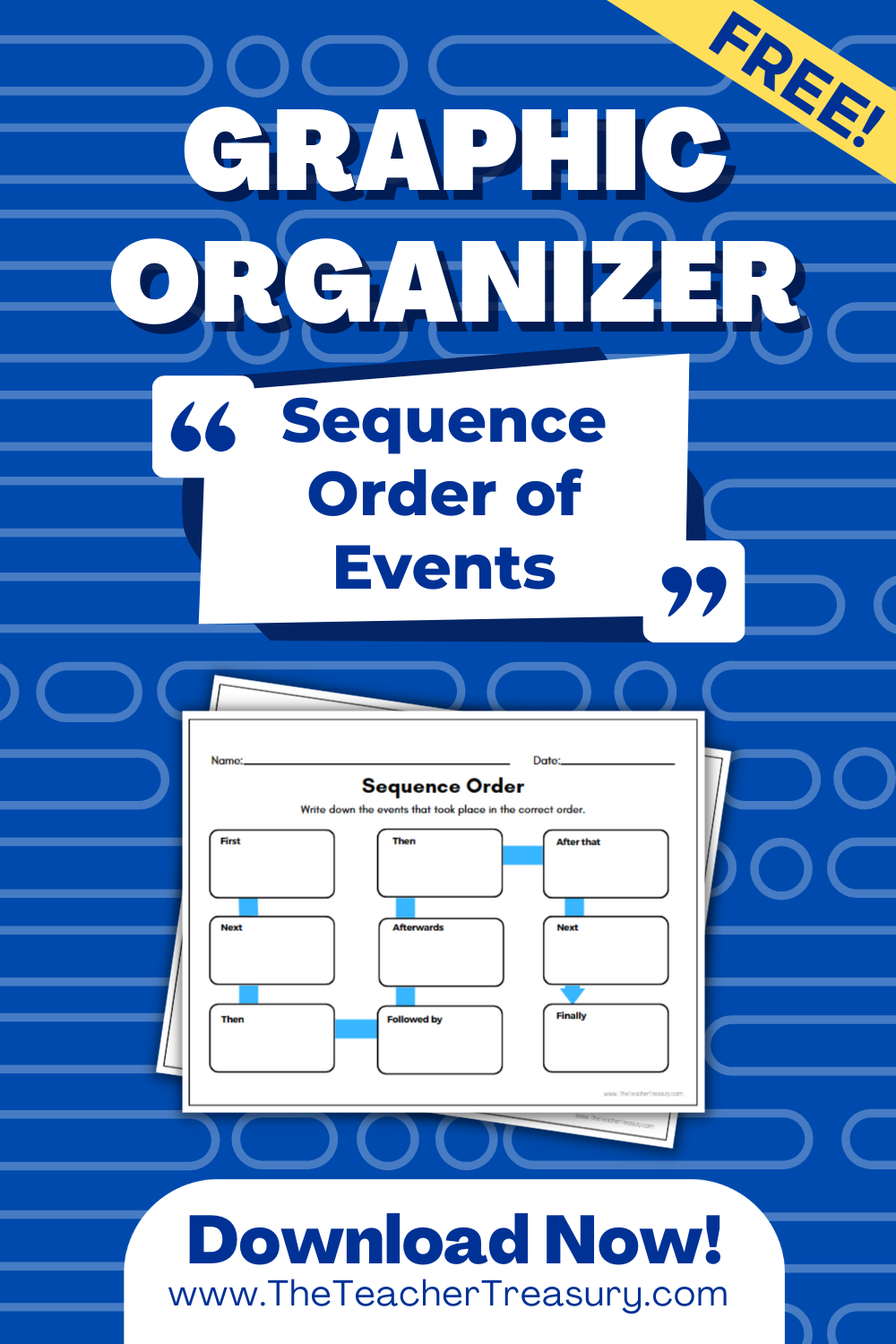

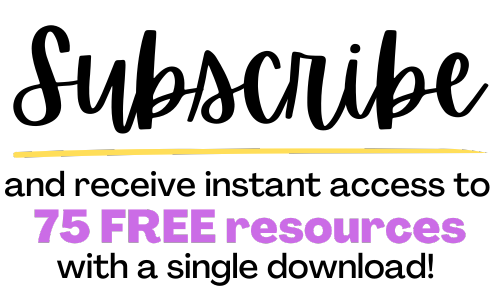




 RSS Feed
RSS Feed